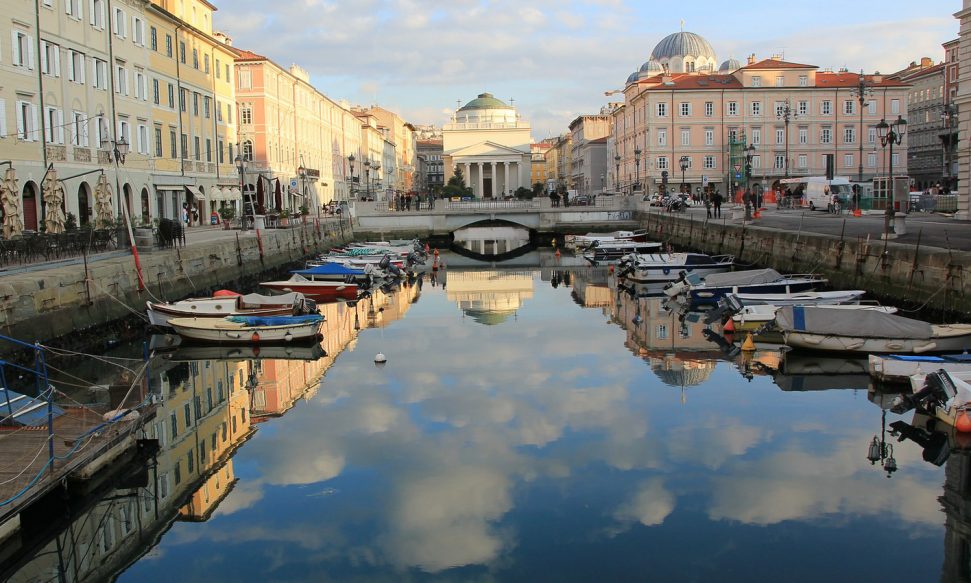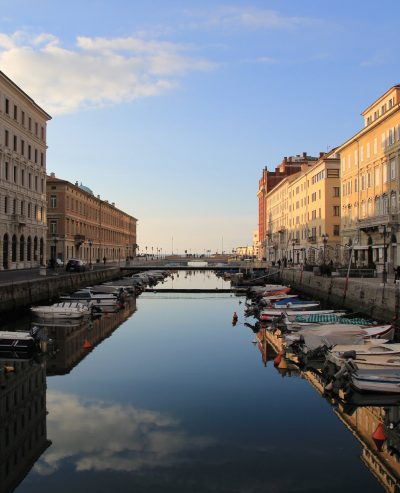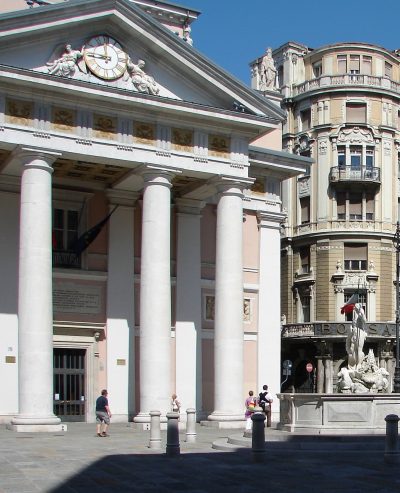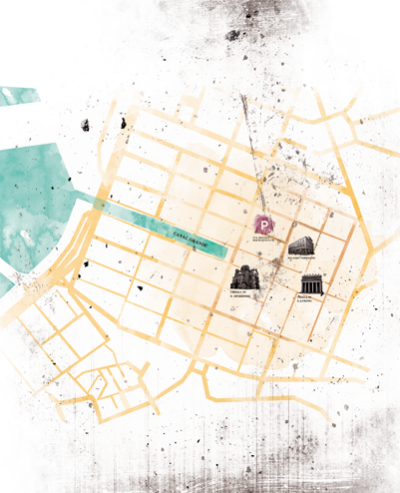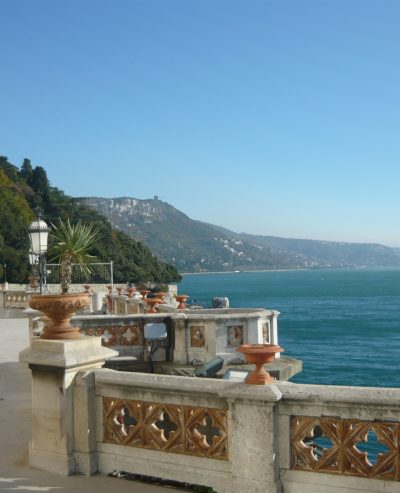
Trieste
Trieste
Trieste, with its 240.000 inhabitants, is today an economically active city currently being re-discovered by tourists, students and “new citizens”. The harbor town, after a long sleep, has been living a transformation over the last years; new cobbled pedestrian areas invite guests and inhabitants to let themselves be pampered in the fashion shops and in the newly designed cafes and bars. A touch of globalization is combined with the complex history of the city, creating a new, exciting atmosphere. Trieste is, in fact, Italian and international at the same time. The Friuli Venezia Giulia´ s capital hosts two important astronomical and geophysical observatories and since 1924, the University of Trieste, which counts ca 20.000 students. The city is home for important brands such as Illycaffè, the insurance company Generali with its about 80.000 employees all around the world and the navigation company Lloyd Triestino. Trieste represents, today as well as yesterday, the gateway for Austria and southern Germany and offers a life quality that promoted the city on top of the regions` ranking list.


